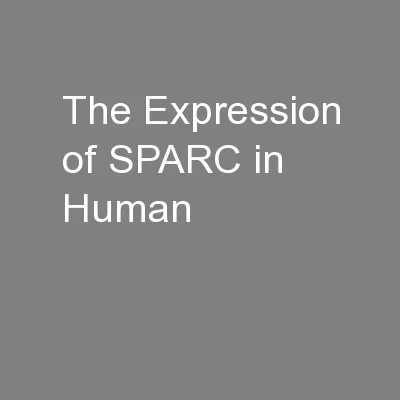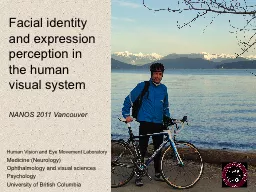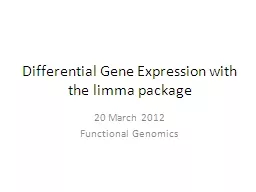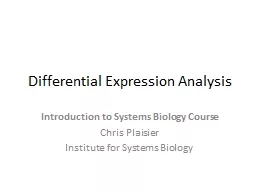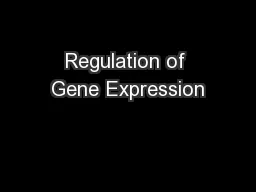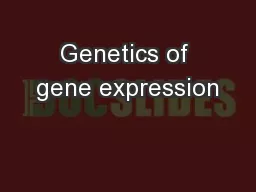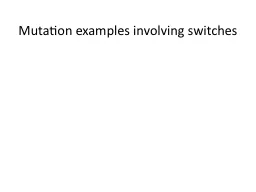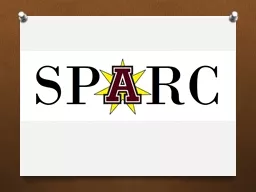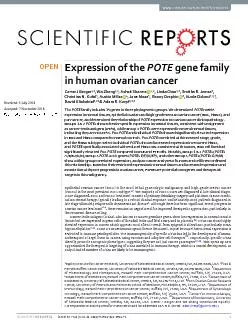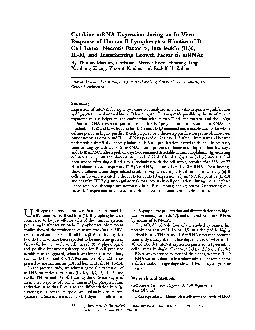PPT-The Expression of SPARC in Human
Author : mitsue-stanley | Published Date : 2016-05-27
Urothelial Cells UROtsa Exposed to or Malignantly Transformed by Cadmium or Arsenite Jennifer Larson Doctoral Candidate University of North Dakota October 5 2011
Presentation Embed Code
Download Presentation
Download Presentation The PPT/PDF document "The Expression of SPARC in Human" is the property of its rightful owner. Permission is granted to download and print the materials on this website for personal, non-commercial use only, and to display it on your personal computer provided you do not modify the materials and that you retain all copyright notices contained in the materials. By downloading content from our website, you accept the terms of this agreement.
The Expression of SPARC in Human: Transcript
Download Rules Of Document
"The Expression of SPARC in Human"The content belongs to its owner. You may download and print it for personal use, without modification, and keep all copyright notices. By downloading, you agree to these terms.
Related Documents

